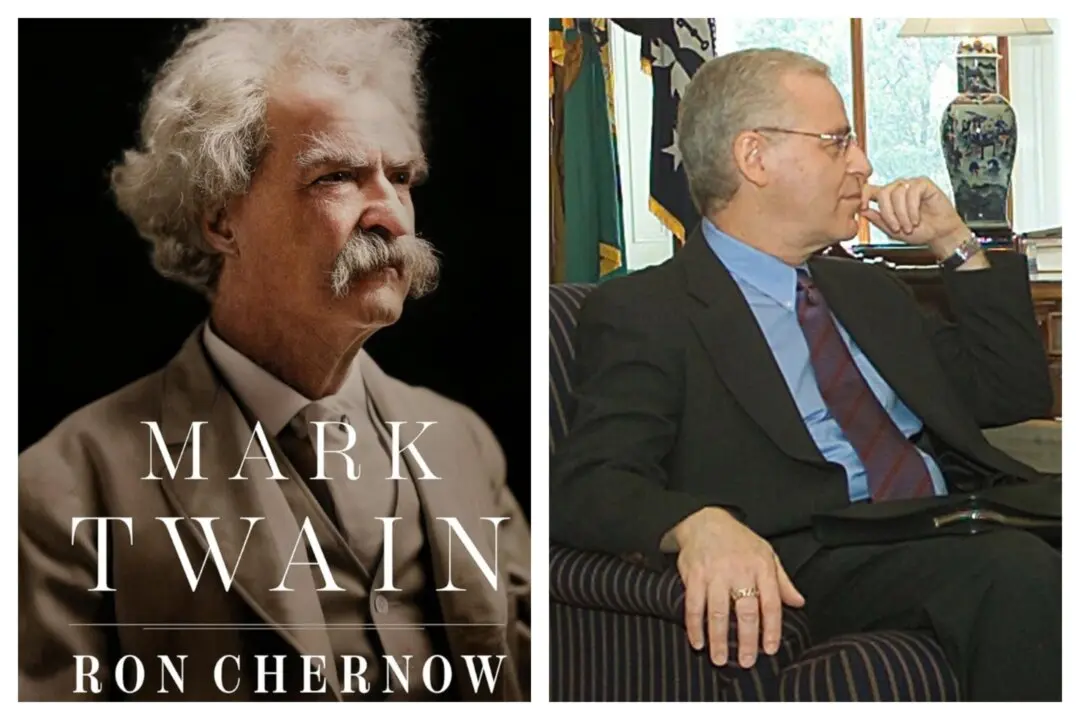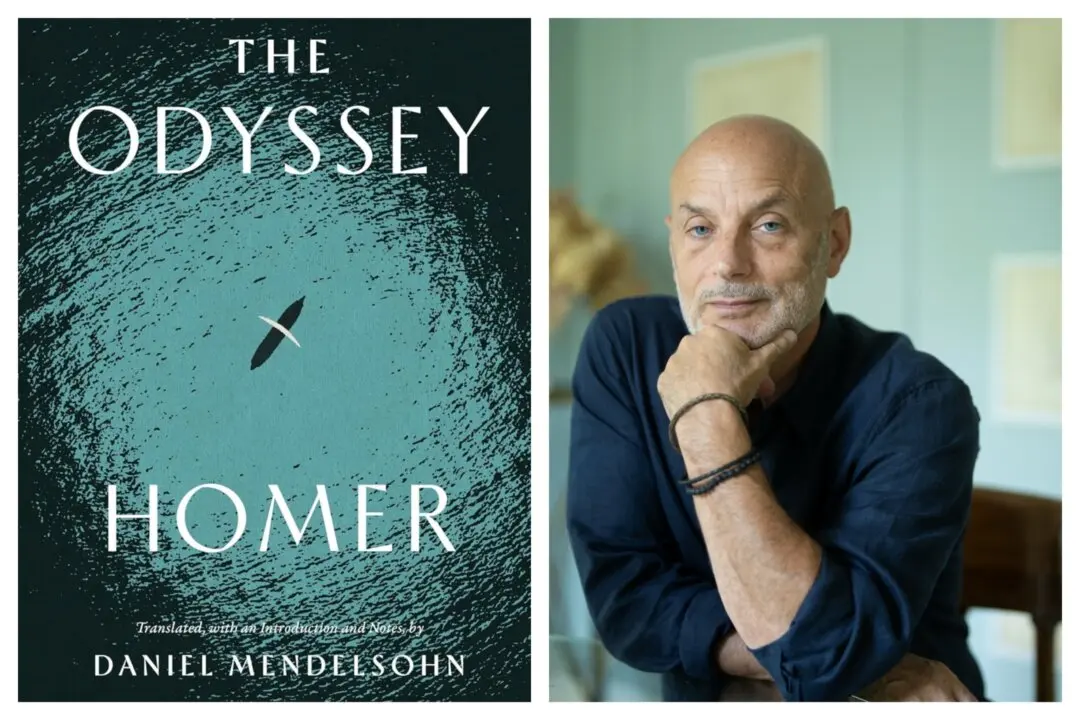In 1877, a prospector by the name of Ed Schieffelin discovered a massive vein of silver in Arizona and then founded the town of Tombstone. Beginning with a handful of prospectors, Tombstone blossomed into a bustling city of about 6,000 people in a few short years. Arizona, still a territory (and would remain so until 1912), was a rough-and-tumble place full of opportunity and trouble in near equal share.
Around this time, a family of brothers roamed from hard labor to questionable enterprises to the industry of law enforcement. They were the Earp brothers: James, Virgil, Wyatt, Morgan, Warren, and their half-brother Newton. Though Wyatt Earp’s name would attain the greatest fame, Virgil, Morgan, and Warren would also go down in history as great lawmen (though some would argue vigilantes).






